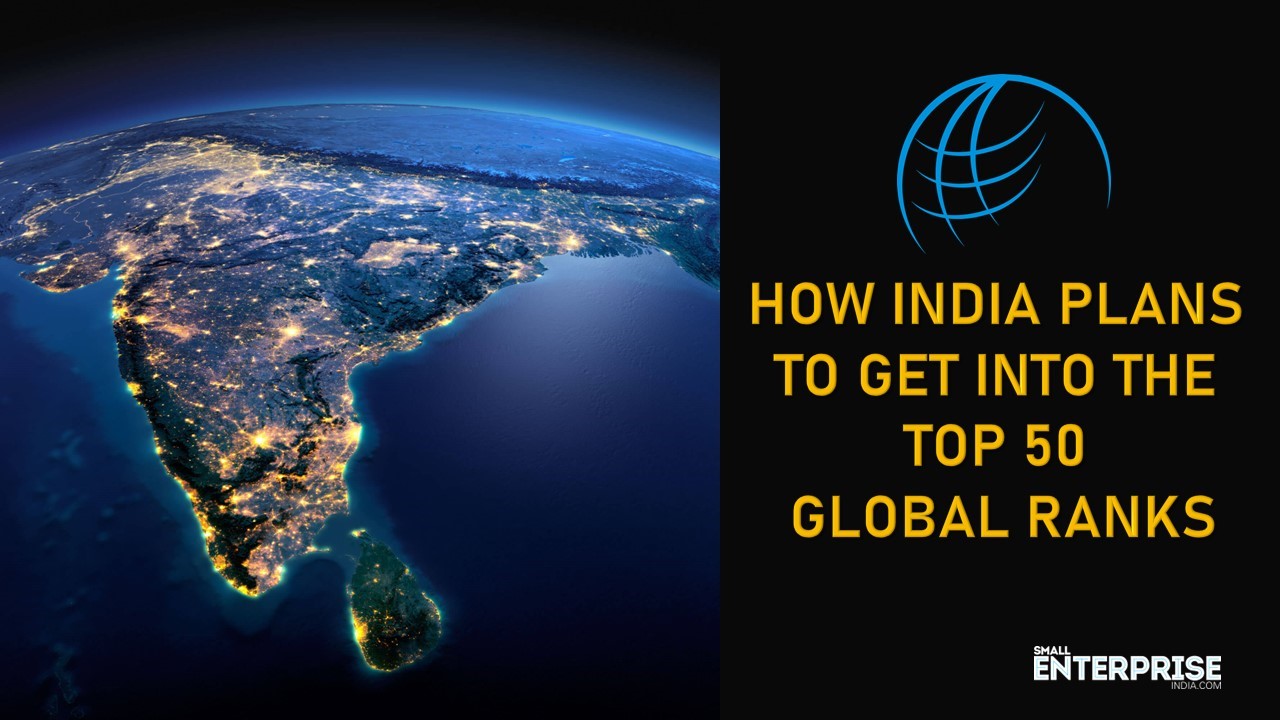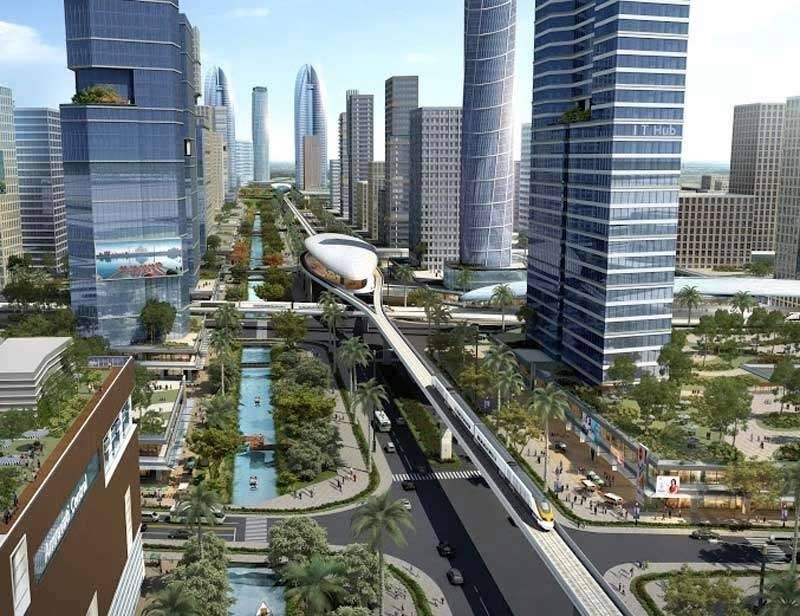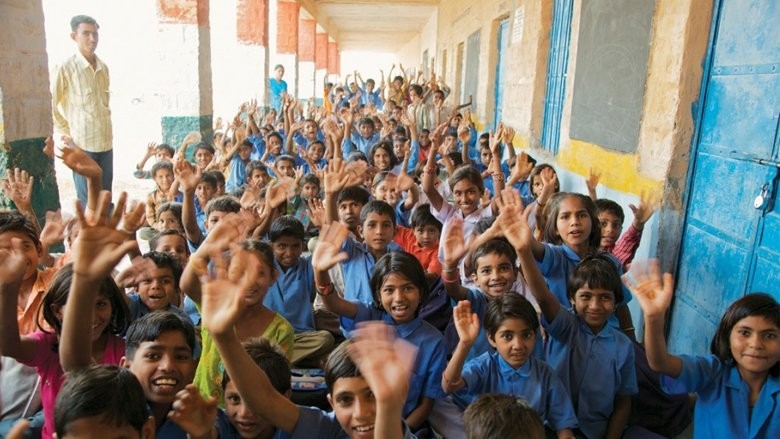
India is a country that is still in its youth and possesses a vast amount of potential that has not yet been realized. This potential can be seen in the country’s rapid population growth. It is the most populous democratic nation, and its economy is expanding lightning fast.
However, despite its quick expansion, it still has a long way to go before it can reach the top of the worldwide list as one of the world’s most successful nations. Even though it is one of the economies expanding at the quickest rate globally, this is still the case.
For India to be successful in accomplishing this objective, it must place a primary emphasis on developing a variety of public service sectors, such as the country’s educational system, its physical infrastructure, its medical system, and its legal system. These efforts have been undertaken to bring India up to par with other countries globally. In the following article, we will talk about some of the steps that can be taken to accomplish that objective.
Urbanization: The Rise of Smart Cities

Urbanization is one of the primary contributors to India’s economic growth and development, and it is also one of the fastest-growing demographic trends in the country.
Suppose urbanization was to be carried out effectively in terms of infrastructure expenditures and increases in labour force productivity by the year 2025. In that case, estimates from McKinsey & Company suggest it might generate up to one trillion dollars in additional yearly revenue.Urban planning can help reduce poverty levels and improve access to and the quality of essential public services such as healthcare, education, and others, increasing prosperity levels across all Indian states and boosting their respective economies.
Urban planning can also help improve access to essential public services. India’s government has initiated several projects, one of which is called the “Smart City Mission.” This mission’s primary objective is to improve the quality of life in India’s metropolitan areas by combining comprehensive urban planning with innovative technology-based solutions.
This programme also emphasises citizen participation by utilising effective methods of service delivery, such as those that entail community participation in crowdsourcing and other activities. This could lead to improvements in social capital within cities while also making them attractive business centres contributing positively to the overall GDP growth rate.
Education Reforms: Making sure that everyone can get a good education

Reforms in education are essential to the expansion of the economy because they equip individuals with the knowledge and abilities necessary to compete for employment possibilities within their communities or countries.
In addition, those who have attained a certain degree of education typically have greater productivity rates, ultimately lifting them out of poverty levels while improving their general living standard.
Recent years have seen the implementation of several educational reforms, the primary objective of which has been to increase access to high-quality education throughout India’s states, regardless of individual or family income levels or cultural backgrounds.
Some of the new programmes being implemented aim to provide free meals to schoolchildren during the school day. This will allow children from less fortunate households to attend school without worrying about hunger(Ministry of Education And Literacy In Schools).
Additional initiatives include the Right to Free and Compulsory Education Act of 2009, which aims to provide free elementary-level education to all children between the ages of 6 and 14. (An Act of 2009 Concerning the Obligation to Get a Free and Appropriate Education).
In addition, a variety of scholarship programmes have been established, which make it possible for students who come from families with lower incomes to access higher education opportunities, even those offered outside the country, ultimately leading to an increase in the country’s human capital capabilities. Even though more work to be done, the goal should be to ensure that everyone has equitable access to great education nationwide.
Infrastructure Advancement: Bridging Digital Divide
The development of any nation’s infrastructure is a vital aspect when it comes to the development of any nation, as it assures the efficient operation of the nation’s transport and communication systems, as well as the provision of power to not only metropolitan regions but also rural parts.
During the past decade, significant improvements have been seen in terms of roads, railways, and the telecom industry, which together accounted for 27% of total FDI inflows from 2016-2019, according to data from the OECD.
On the other hand, due to the unequal distribution of internet services across the country, there is still a significant amount of work to be done to bridge the digital divide between people living in different regions of the country. This is especially true in rural areas home to most of the country’s population.
In recognition, numerous incentive programmes have been launched to encourage private companies to invest in the telecommunications sector further.
These programmes aim to push the infrastructure advancement process forward, particularly about the development of 5G networks, which will ensure wider spread internet access even in rural and remote areas of the country, thereby helping to bridge the digital divide amongst its citizens.
Health Care Improvements: Making sure everyone can afford healthcare

Finally, improvements in health care play an important role in the sustainable economic progress of any nation. This is because population leads to increased productivity rates, both in terms of physical and mental capacities, and healthy forces attract more foreign direct investment inflows, which contribute positively to the GDP growth rate (World Bank Group 2017).
Currently, only 28% of total healthcare expenditure is being met through central funds, while the remaining 72% is mostly borne by households. This results in high out-of-pocket health spending among most households, particularly those of lower socioeconomic classes who cannot afford expensive treatments due to a lack of affordable ones.
This is primarily because the private players market dominates, setting prices at high levels that are unaffordable to large sections of the population, especially underprivileged sections Various government initiatives, such as the Ayushman Bharat scheme, are focusing on providing universal health coverage population, not just in major urban centers but also in remote rural regions as well.
This will allow large populations previously excluded access to the necessary medical treatments without worrying about their costs, which can result in astronomical medical bills. This will improve the lives of many disadvantaged sections of society, boosting the economy and cultivating a sustainable future. (World Bank Group 2017, Ayushman Bharat Scheme 2018).
Conclusion
In conclusion, it is clear that accomplishing the complex task of progressing towards the global ranking of 50th position requires concerted efforts on several fronts ranging from good policy implementations to bureaucratic reforms to technological advancements to infrastructure developments to social welfare programmes.
However, these changes must be done minding the fact that sustainability is central moving forward because a clear sustainable development framework is a key factor shaping success for any nation’s future well-being both in terms of well-being now and well-being in the future. Political democratic stability economics prosperity.
